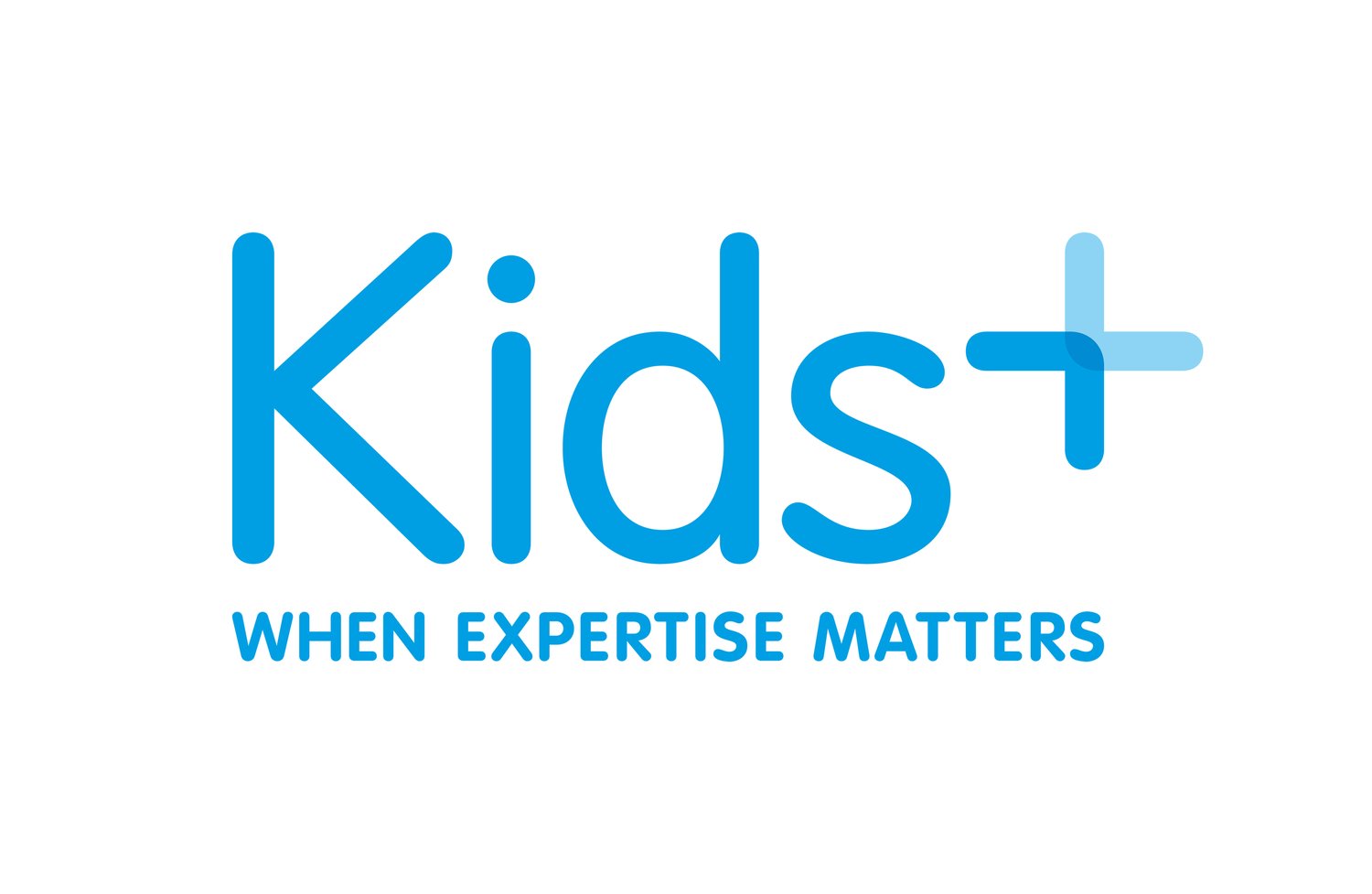The Power of Visuals
Written by Jenna O'Brien - Speech Pathologist & Tracie Thornton - Occupational Therapist
Did you know that using visuals can enhance communication and support a young person’s learning and understanding? That is probably why you have seen visuals used so often in your therapy sessions or around Kids Plus. You might see your therapist using a visual schedule or script, communication board or emotions chart, checklist or visual behaviour supports.Visual supports are particularly useful because they don’t disappear after a second in the way a spoken word does. This means, young people can benefit from using visual supports for a variety of reasons including;
- Visuals support attention
- Visuals can help a young person stay on track by understanding the steps required to complete a task.
- Visuals support understanding and comprehension
- Processing language quickly can be difficult for some young people and is why many parents find themselves repeating the same information over and over. Visuals remain for as long as the young person needs them, unlike the spoken word.This allows young people more time to process, understand, and learn information.
- Visuals support expressive communication
- Visuals can give a young person a sense of autonomy and allow them to make choices and express needs if they are unable to use spoken words. They can help a young person understand and remember new words and concepts that can be used later.
- Visuals can support behaviour
- Visuals can help your young person understand your expectations and reduce stress or First – Then visuals can be great for motivation and participation in non-preferred activities. Young people can be more willing to engage in a non-preferred activity when they can see a preferred activity will follow.
- Visuals support independence
- Using visuals to structure a task can help young people function more independently in their natural environment. Visual schedules provide sequential information about the steps within an activity or routine such as getting dressed. This provides young people with clear expectations and understanding of what is happening next. Visuals can also help young people to transition from one activity to another.
Stay tuned for upcoming blogs on different kinds of visual communication aides and how to use them across the day with your young person. If you have any questions about the use of visuals with your young person, ask your speech pathologist or occupational therapist.

